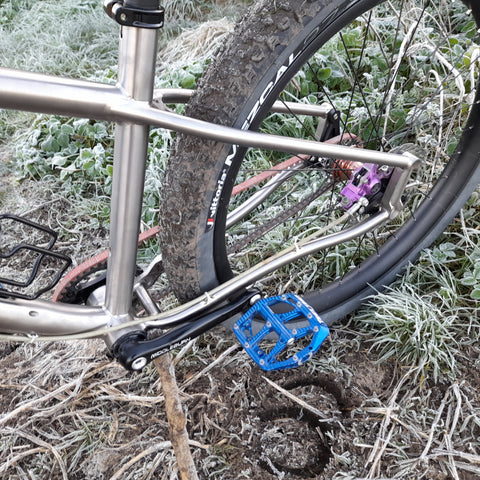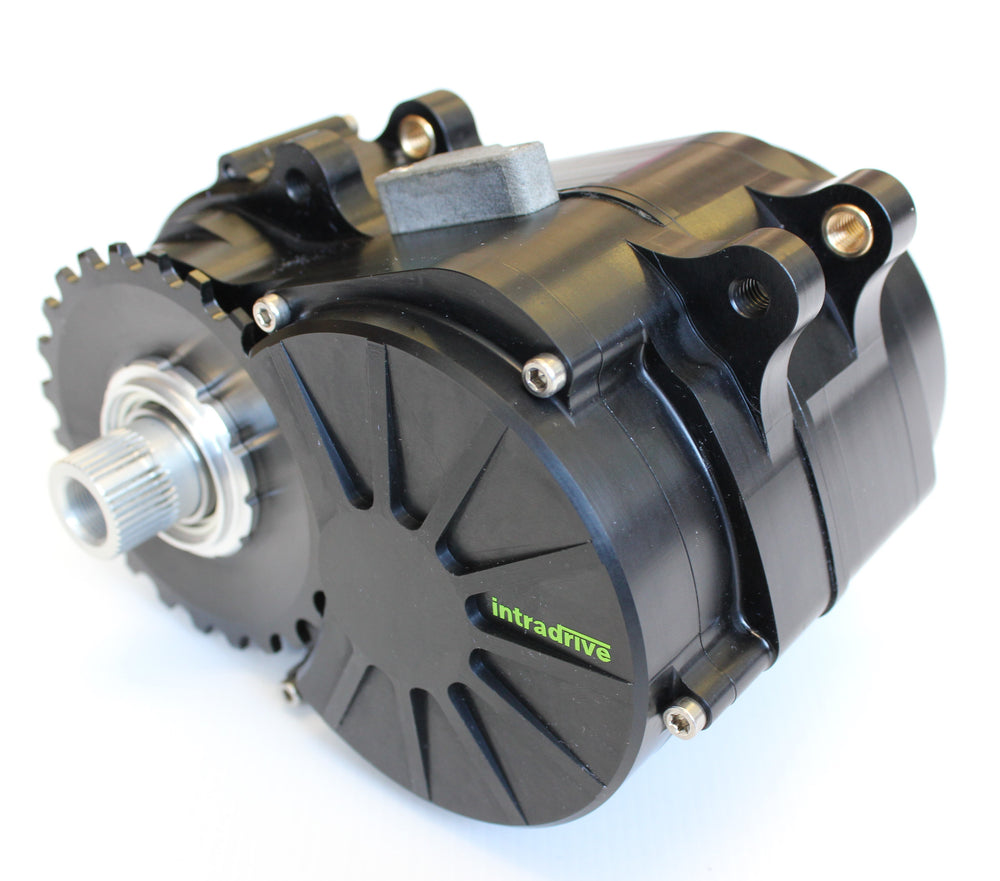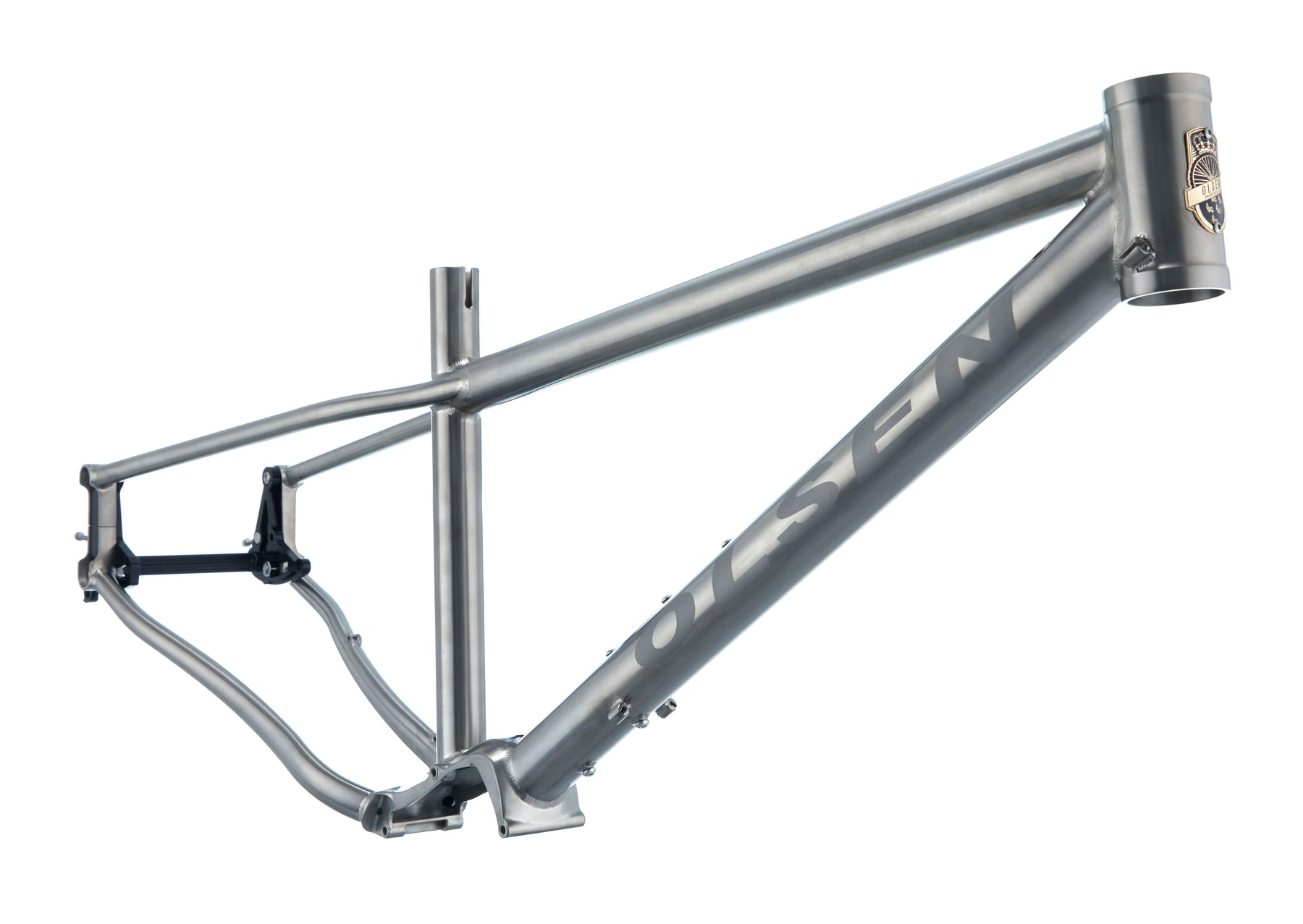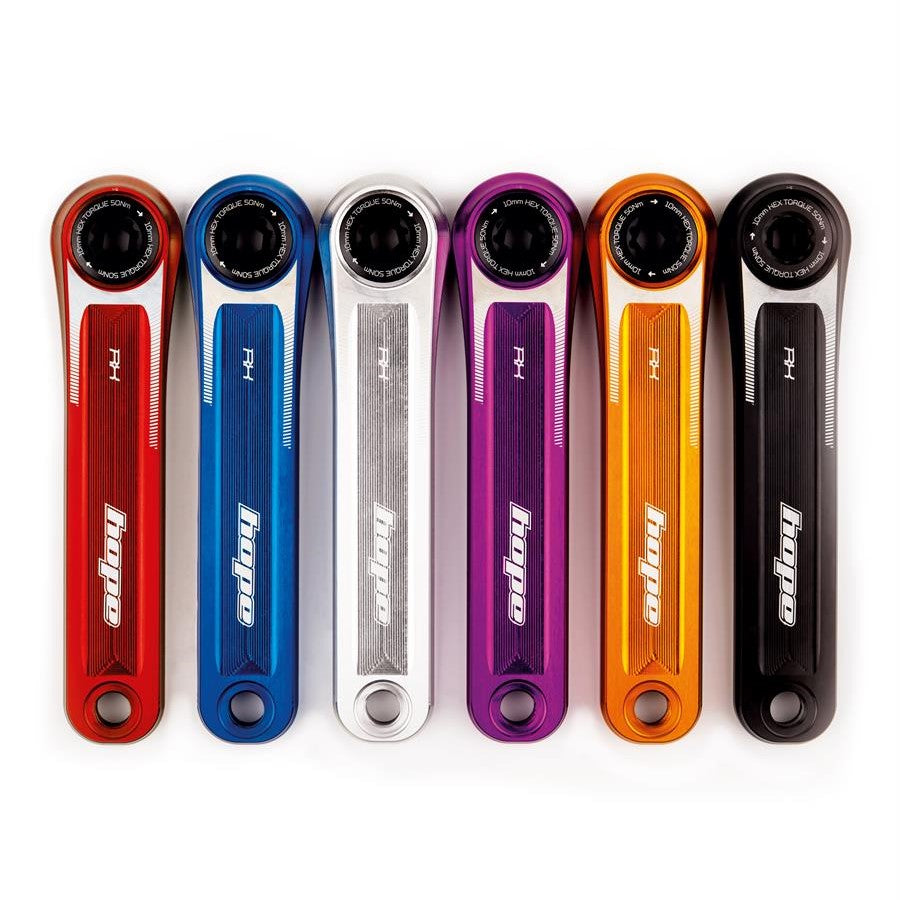Where do we start?
Can we reduce the amout of bikes that we own? The bicycle industry has a reputaion for inventing new standards to fix issues that did not exist. There are some good and some bad. This makes it very hard to customers to choose and not get caught out with a format that is redundant. You can only ride one at a time right? Are you looking at consolidating you quiver but do not want to be caught out?
Designing a bike around component standards:

Modern vs Retro?
Lexus design by Commitee: Lexus, like many car companies have set their designers to try to get a cross-over market between cars and bikes. This is what happens if you get a bunch of marketing people with very little knowledge on bikes designing a bike. This concept is very confused. Putting some downhill double crown suspension forks on a carbon monocoque hardtail with a cantilevered "aero" seatpost and wheels. Still at least it gets people riding… or does it?
Spesh Stumpy 1980's: The Specialized Stumpjumper was the first mass produce MTB, picking up on a "trend" that was being fulfilled by small batch frame builders. It is a long way from the Stumpjumpers of today - however this type of frame is coming back with a modern standards. Slack head angles, rigid forks, all sound familiar today.

NOT designing around bicycle component standards:
Less is more: Mike Burrows Lotus bike - now this has no standards, and barely got into production. However it was well ahead of its time and if it had not been banned by the UCI I think we would have seen more attempts on the Hour record. Graeme Obree took a different approach reducing the Q-Factor and adjusting his riding position to get the best air envelope. This is all about our understanding of aerodynamics and the kinetic rider. It is a shame to have the UCI restrictions - the battle between Chris Boardman & Graeme Obree was a specticle well before the recent hour records. Some of these designs could have trickled down to the average rider and some of them would have progressed cycling awareness.
Glimpse into the Future? The last picture is a students rendering of unrestricted design. The whole bicycle without thinking about components. There is a reason why rimless wheels have not reached the public. - they are heavy. I encluded this picture because it has som much detail and the student has though about a lot of features and everything is such a departure from where we are.

What happened to the standards that did not make it:
FM before FM took off with Gravel? The above picture is of a 1990's Klein with Hope Flat mount brakes. This format did not take off… IS mounts were standard - but were annoying to align to the disc. Everyone will remember putting split washers to space the caliper into the correct position. Hayes tried this FM but it did not take off and they developed the more popular Post mount which allowed for side adjustment. IS and PM are backward compatible, so IS still exists with a PM adaptor. This is a good approach as the PM bracket can be replaced if you need larger rotors. Road and Gravel seem to have picked up the Flat Mount format.. They have also adopted 142mm Maxles and 100mm Front Fork Spacing…
OLSEN Design approach:
At Olsen HQ I have tried to step back and look at what the frames are going to be used for and then push them further to be as versatile and backward compatible as possible.
OLSEN frames were designed around these 4 areas:
- RocknRollout Dropouts for rear wheel versatility 135/ 142 and 148 OLD.
- Seattubes for dropper posts
- Straight 44/44 headtube
- Wide BB shell for tyre clearance and frame stiffness.

Dropouts: RocknRollout dropouts allows the frame to do 4 things:
- the rear hanger to be replaced if a derailleur is damaged.
- splits the frame for belt drive.
- adjusts the wheelbase for belt/singlespeed chain tensioning.
- allows for PM or FM brakes with adaptors.
The RocknRollout dropouts can be replaced and 142 can be replaced for 135. 142 is a stable internal hub gear format for Kindernay and Rohloff. 135 has a large second hand market with Rohloff and Alfine11. I have some other designs which have 148mm however these are for derailleur centric designs.
Dropper posts: Seatposts with a forward facing slot are a simple way to stop water entering your frame. 30.9mm dropper posts have changed the way that trail MTN bikes get used and geometries have got longer in the top tube as a consequence.

ZS44 top EC44 bottom: Headsets: SHIS 44/44 has become a "standard" - so lets keep things simple. This is simple and allows for Tapered Carbon fork steerers with ZS44/EC44 and is backward compatible with straight steerers with either a crown reducer or a ZS44/ZS44 headset.

T47 BBs come to fit 30 or 24mm Cranks
T47x92mm BB: MTB cranks measure 96.5mm face to face. 68/73mm cranks have Outboard bearing but are still 96.5mm. PF92 shells are 92mm wide and have those bearings internal. I chose T47 as it resolves the squeaking issues with PF92. A 92mm shell allows the chainstays to be wider, providing more tyre clearance. 92mm also means that the chainstays can be welded wider on the frame, making the bottom braket area stiffer for belt drive use. I know this might look like another bottom bracket standard, however this is versatile and backward compatible. FSA and others do adaptors with their versions of T47 and it is available in SRAMs DUB. Wheels MFG do a T47x24mm INBOARD BB which works with Shimano and Middleburn chainsets.
At OLSEN Bikes I have adapted 'stable' future-proof bicycle standards, choosing the best high-tech options without losing the reliability of low-tech components. This means that your bike is repairable and adaptable.



